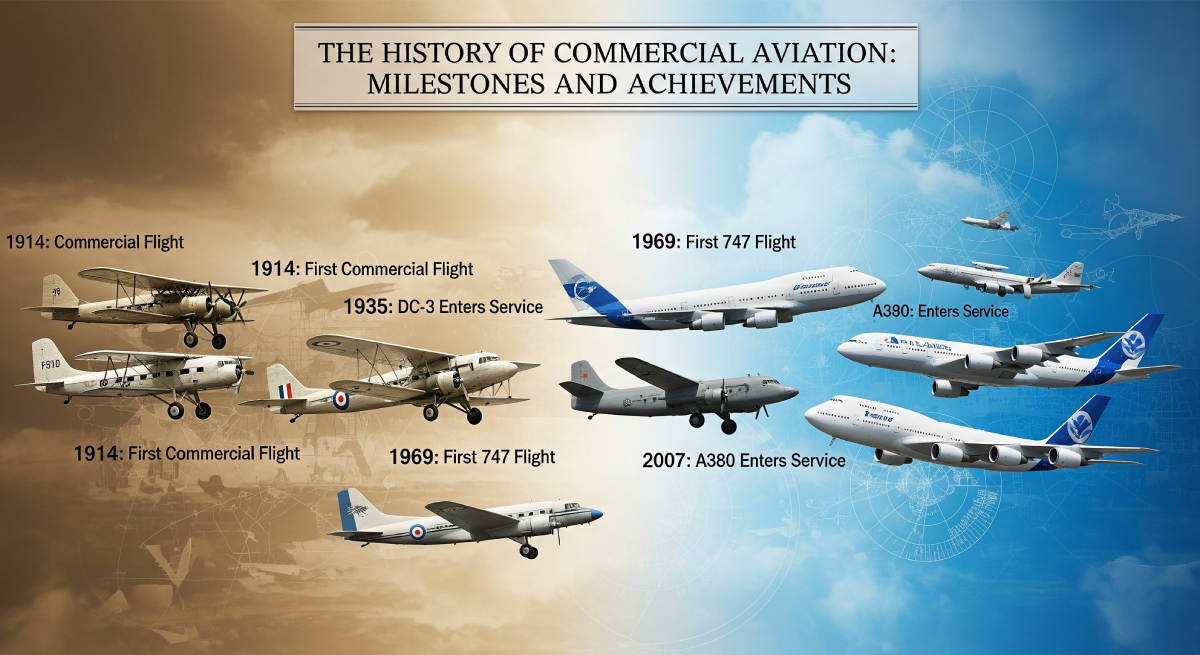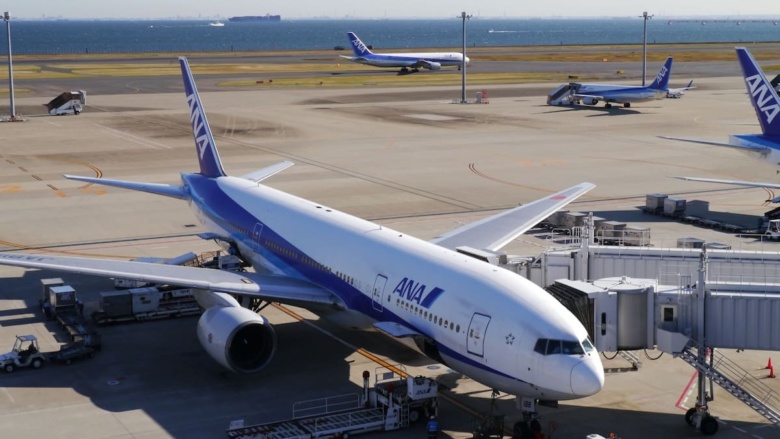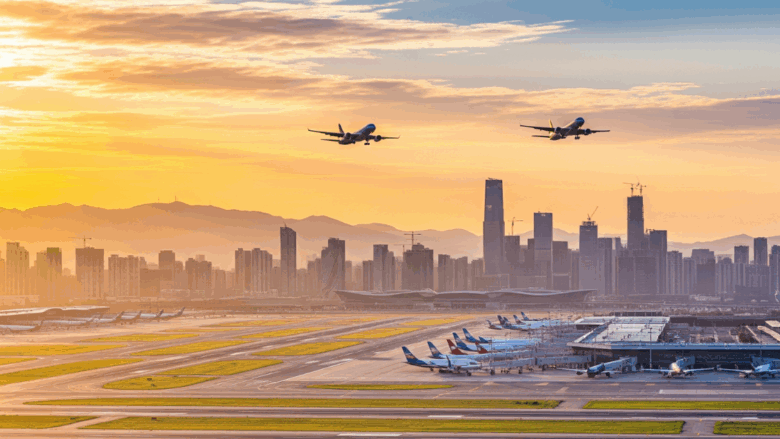In 1903, the Wright brothers made powered flight possible. At that time, hardly a few people could have predicted that aviation would change the way people connect across continents in the next hundred years. Commercial aviation is beyond moving people from one place to another. It’s about bringing cultures together, boosting economies and creating new opportunities. There have been many important events, setbacks and breakthroughs along the way from fragile wooden aeroplanes to wide-body jets that can carry hundreds of people.
The Beginning: From Tests to Scheduled Flights
In the 1910s, when aeroplanes were still seen as experimental machines, the first steps towards commercial aviation were taken. In 1914, Tony Jannus flew the first scheduled commercial airline flight between St. Petersburg and Tampa, Florida. This was a historic event for the United States. There was only one paying passenger on this short 23-minute trip across Tampa Bay, but it was the start of what would become a global business.
In the 1920s, airlines started to form, and their main job was to carry mail. Because early planes weren’t very reliable or comfortable, passenger services were seen as less important. KLM in the Netherlands and Qantas in Australia are two examples of companies that were founded during this time and still serve passengers today. This shows how strong the roots were laid during those years.
The 1930s: The Golden Age of Aviation
By the 1930s, new technologies made air travel a better option. The Douglas DC-3 and other planes like it changed commercial aviation by being more reliable, having a longer range and being able to carry more passengers in comfort. This plane was so popular that it became the model for passenger planes for many years.
During this time, airports also started to get bigger. Terminals were built to handle more and more passengers, and air travel slowly changed from being a luxury for the rich to something that more people could do. Airlines have started hiring cabin crews to improve the experience for passengers. This was a big part of how the idea of hospitality in aviation came to be.
World War II and Its Effects on Business Aviation
The Second World War changed aviation forever because the military’s needs sped up improvements in aircraft design and technology. After the war, bigger, faster and more powerful planes were made, and they were then used in the commercial sector. Airlines were able to grow their fleets without spending a lot of money by turning surplus military planes into passenger planes.
During this time, new navigation systems, better safety features and a better understanding of long-distance flying were also developed. All of these improvements made it possible for international routes to grow quickly after the war.
The Jet Age: Speed Changes How We Fly
People often call the 1950s and 1960s the Jet Age. The Boeing 707 and the Douglas DC-8 were the first jet-powered planes to fly commercially. This marked the start of a new era in commercial aviation. These planes could fly faster, farther and higher than the ones that came before them, which had propellers. Transcontinental and transatlantic flights got a lot shorter, which made it possible for more people to travel around the world.
The Jet Age also saw the rise of famous airlines and the idea of global branding. Businesses competed by offering not only speed and efficiency but also comfort and luxury. This time was defined by the idea of glamorous air travel, with stylish uniforms, gourmet meals and plenty of room to sit.
Concorde and Beyond: Supersonic Ambitions
The Concorde was a huge step forward in aviation in the 1970s. The UK and France worked together to make this supersonic jet, which could fly across the Atlantic in less than half the time it takes a regular jetliner. It flew at twice the speed of sound, which was the highest level of speed and luxury.
But it wasn’t used much because it was expensive to run, had limited seating and raised environmental concerns. Concorde was retired in 2003, but it is still one of the most interesting events in the history of commercial aviation. It showed what people could do when they combined ambition with technology.
The Rise of Wide-Body Planes
The Concorde was a symbol of speed, but the Boeing 747 and other wide-body planes were more about capacity. The 747, which came out in 1970, was called the “Queen of the Skies“. It changed long-haul air travel forever by having two decks and being able to carry hundreds of people.
Wide-body planes made travel between countries cheaper because they could carry more people on each flight. The Airbus A300 and, later, the A380 were other wide-body planes that made the world more connected. Airports had to change, building bigger terminals, better baggage systems and longer runways. This shows how aviation has led to infrastructure growth all over the world.
The Rise of Low-Cost Airlines and Accessibility
The rise of low-cost carriers in the late 20th century was another big change for commercial aviation. Airlines like Southwest in the US and Ryanair in Europe came up with a new way of doing business that focused on low prices. They made flying possible for millions of people who used to take trains or buses by lowering operational costs and making services easier to use.
This made air travel more accessible to everyone, turning it from a luxury for the rich into a common way to get around. The ripple effect was huge, boosting tourism, linking smaller cities and creating business opportunities around the world.
Flying in the 21st Century
Commercial aviation has faced both problems and opportunities in the 21st century. The 9/11 attacks in 2001 changed security procedures a lot, and the COVID-19 pandemic stopped air travel around the world for a short time like never before. The industry has been able to adapt quickly to these problems by coming up with new ways to improve safety, health and digital services.
Digital check-ins, AI-powered maintenance and customer-focused innovations are just a few examples of how commercial aviation is moving towards smarter solutions. The industry is getting ready for a future where flying is still necessary but better for the environment by looking into new types of aircraft and sustainable fuels.
Concluding Thoughts
The story of commercial aviation is one of hard work, imagination and never-ending progress. Aviation has changed how people interact, trade and grow, from the short 23-minute flight across Tampa Bay in 1914 to the long-haul flights that connect almost every part of the world today. Every milestone has not only improved technology but also changed societies by bringing people closer together.
At INFINIFLY AVIATION, we honour the history of aviation while also getting ready for the future. We are here to help you get into the air, whether you are interested in its history or ready to write the next chapter. Contact us today so we can help you make your aviation dreams come true.




